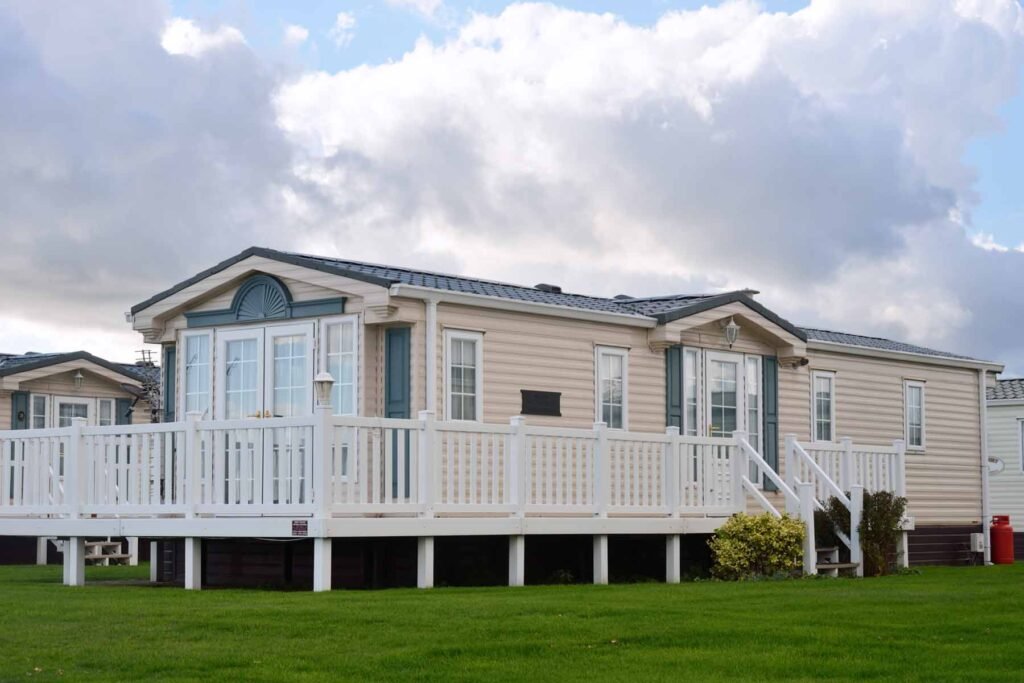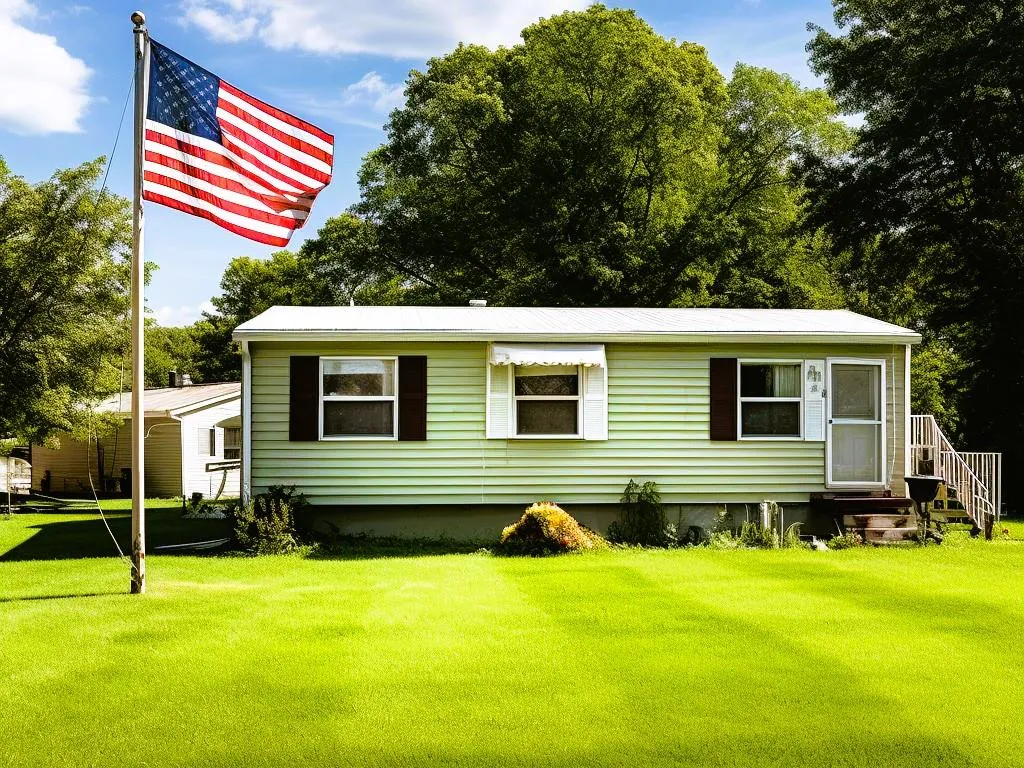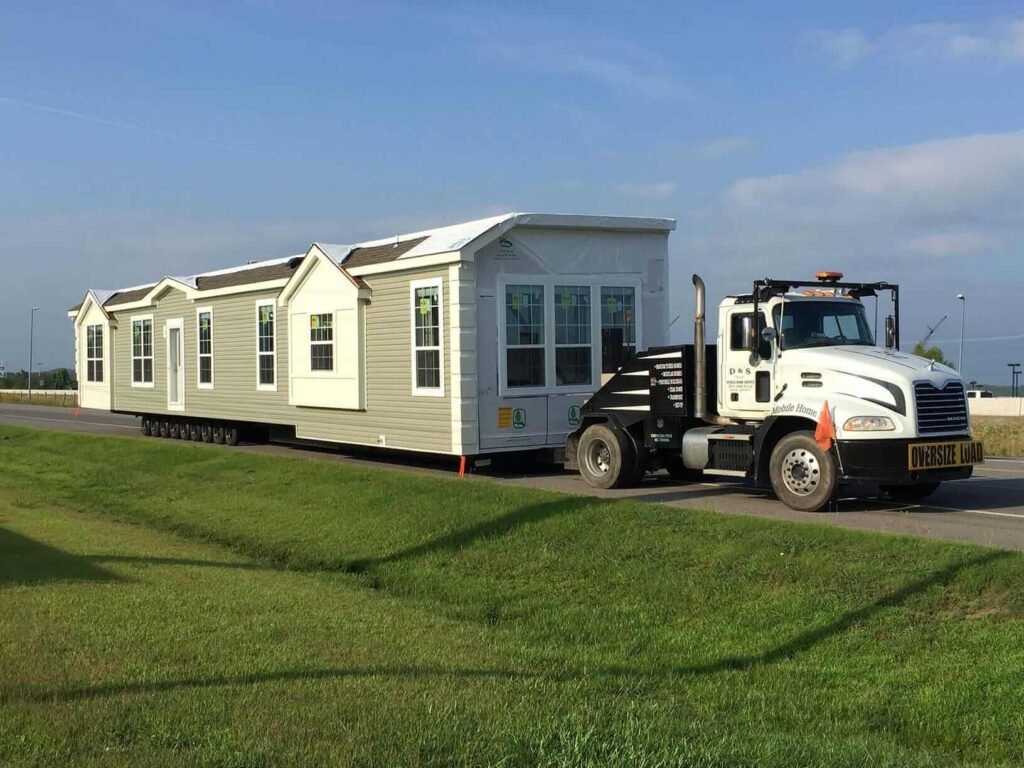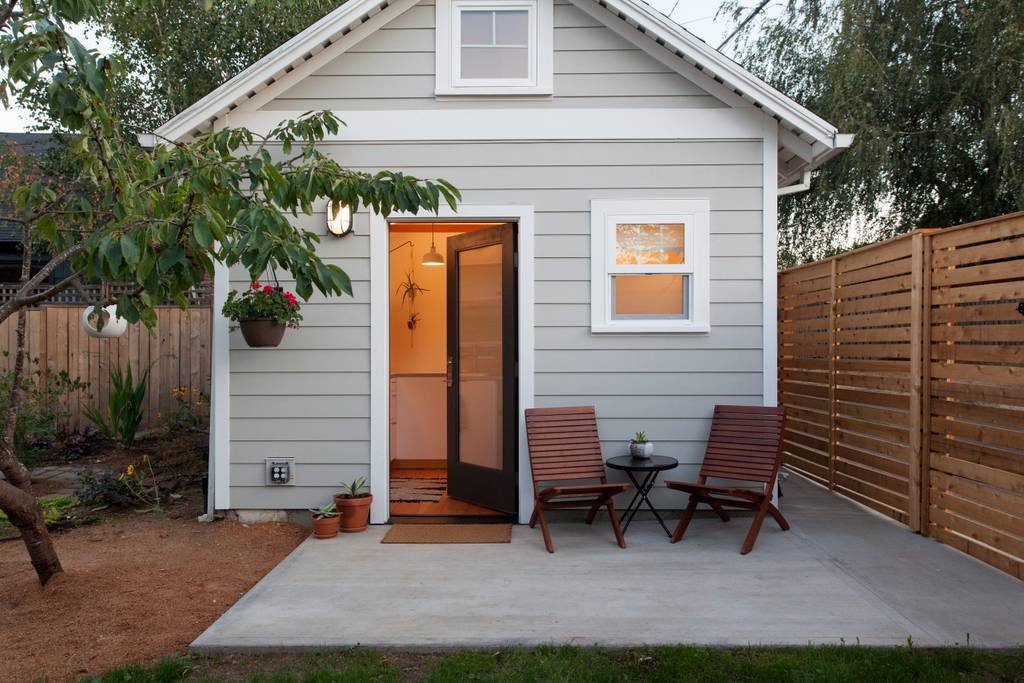Uncategorized
Tiny Homes for Rent – Experience Compact Living
Table of Contents
Tiny homes for rent represent a burgeoning segment of the housing market, offering a unique blend of minimalist living, affordability, and flexibility that appeals to a diverse range of individuals and families. Unlike purchasing a tiny home, renting provides an accessible entry point into the tiny living lifestyle without the long-term commitment or upfront investment. This growing trend is driven by a desire for financial freedom, environmental consciousness, and a simplified way of life, making tiny home rentals an increasingly attractive option for temporary stays, extended vacations, or even long-term housing solutions.
The concept of renting a tiny home allows individuals to experience the benefits of compact living firsthand, from reduced utility bills and maintenance to a smaller environmental footprint. It’s an ideal solution for those considering a permanent downsize but wanting to test the waters, or for travelers seeking unique accommodations that offer more character and privacy than traditional hotels. The market for tiny homes for rent is expanding rapidly, with options ranging from rustic cabins in nature to modern, urban dwellings, catering to a wide array of preferences and needs.
This article will delve into the various aspects of tiny homes for rent, exploring their benefits, types, where to find them, and what to consider before signing a lease. Whether you’re a curious minimalist, a budget-conscious traveler, or someone seeking a unique living experience, understanding the landscape of tiny home rentals can open up new possibilities for your housing journey.
Understanding the Tiny Home Rental Market
What Defines a Tiny Home for Rent?
A tiny home, generally defined as a dwelling under 400 square feet, when offered for rent, typically comes fully furnished and equipped for immediate occupancy. These rentals can be found in various forms, including:
•Tiny Houses on Wheels (THOWs): These are built on trailers and offer mobility, often found in dedicated tiny home communities, RV parks, or private land. They provide the flexibility to relocate, making them popular for those seeking a nomadic lifestyle or seasonal living.
•Foundation-Based Tiny Homes: These are permanently affixed to a foundation, similar to traditional homes, and are often found in tiny home villages, as Accessory Dwelling Units (ADUs) in backyards, or as part of eco-friendly developments. They offer stability and can sometimes be larger than THOWs.
•Container Homes: Constructed from repurposed shipping containers, these rentals offer a modern, industrial aesthetic and are known for their durability and unique design possibilities.
•Converted Structures: This category includes renovated sheds, barns, or other small buildings transformed into habitable living spaces, often retaining rustic charm while offering modern comforts.

Why are Tiny Homes for Rent Gaining Popularity?
Several factors contribute to the rising demand for tiny home rentals:
•Affordability: Compared to traditional apartments or houses, tiny homes often come with lower rental costs, reduced utility bills, and minimal maintenance expenses, making them an attractive option for budget-conscious individuals.
•Flexibility: Renting a tiny home offers a low-commitment way to experience the tiny living lifestyle. It’s perfect for short-term stays, extended vacations, or as a temporary solution while exploring a new area.
•Sustainability: Many tiny homes are designed with eco-friendly features, such as solar panels, composting toilets, and efficient insulation, appealing to environmentally conscious renters.
•Unique Experience: Tiny homes provide a novel and often charming alternative to conventional accommodations, offering a sense of adventure and a connection to nature or a specific community.
•Minimalism: For those interested in decluttering and simplifying their lives, a tiny home rental provides an immersive experience in minimalist living, encouraging a focus on experiences rather than possessions.
Benefits of Renting a Tiny Home
Financial Advantages
One of the most compelling reasons to rent a tiny home is the significant financial benefit:
•Lower Monthly Rent: Tiny homes typically have a lower rental price point than traditional apartments or houses, especially in urban or suburban areas where housing costs are high.
•Reduced Utility Costs: Due to their small size and often efficient design, tiny homes require less energy for heating, cooling, and lighting, leading to substantially lower utility bills.
•Minimal Maintenance Expenses: Landlords are typically responsible for major repairs and maintenance, freeing renters from these financial burdens. The small size also means less time and money spent on cleaning and upkeep.
•No Property Taxes or Mortgage: Unlike homeownership, renting a tiny home eliminates the need for property taxes, mortgage payments, or large down payments, freeing up capital for other investments or experiences.
Lifestyle and Experiential Benefits
Beyond financial savings, tiny home rentals offer a unique lifestyle:
•Trial Run for Tiny Living: For those contemplating purchasing a tiny home, renting provides an invaluable opportunity to experience the realities of compact living before making a long-term commitment. This
allows individuals to assess if the minimalist lifestyle, space constraints, and unique amenities (like composting toilets) align with their preferences.
•Unique Vacation or Getaway: Tiny homes offer a charming and often picturesque alternative to hotels or traditional vacation rentals. They provide a sense of adventure and a closer connection to nature, making them popular for weekend escapes, romantic retreats, or solo adventures.
•Flexibility and Mobility: For tiny houses on wheels, the ability to relocate offers unparalleled freedom. This is ideal for digital nomads, seasonal workers, or those who simply enjoy exploring new locations without the hassle of traditional moving.
•Reduced Clutter and Stress: Living in a tiny space naturally encourages decluttering and mindful consumption. This can lead to a less stressful environment, as there’s less to clean, organize, and maintain.
•Community Connection: Many tiny home communities foster a strong sense of camaraderie among residents who share similar values of sustainability and simplified living. This can lead to supportive networks and shared resources.
Environmental Advantages
Tiny homes are inherently more sustainable than larger dwellings:
•Smaller Carbon Footprint: Less material is used in construction, and the reduced living space requires significantly less energy for heating, cooling, and lighting, leading to lower greenhouse gas emissions.
•Resource Efficiency: Many tiny homes incorporate features like rainwater harvesting, composting toilets, and solar panels, further reducing reliance on municipal resources and promoting self-sufficiency.
•Reduced Waste: The minimalist lifestyle associated with tiny living encourages conscious consumption and waste reduction, contributing to a more sustainable way of life.

Where to Find Tiny Homes for Rent
The market for tiny home rentals is diverse and growing, with several platforms and types of locations to explore:
Online Rental Platforms
•Airbnb and VRBO: These popular vacation rental platforms have dedicated categories for tiny homes, offering a wide selection of unique stays in various locations. They are ideal for short-term rentals and experiencing different tiny home styles.
•Tiny House Specific Listing Sites: Websites like Tiny House Listings, Tiny House Community, and Tiny House Builders often have sections dedicated to rentals, connecting landlords with interested tenants. These sites may offer both short-term and long-term options.
•Glamping Hub: Specializing in unique outdoor accommodations, Glamping Hub features a curated selection of tiny homes, often in scenic or secluded locations, perfect for nature enthusiasts.
Tiny Home Communities and Parks
•Dedicated Tiny Home Villages: These are planned communities specifically designed for tiny homes, often offering shared amenities like communal gardens, laundry facilities, and social spaces. They can provide a strong sense of community and often have long-term rental options.
•RV Parks and Campgrounds: Many RV parks are becoming more accommodating to tiny houses on wheels, offering hookups for utilities and a sense of community. This is a good option for those seeking mobility and a more transient lifestyle.
•Mobile Home Parks: Some mobile home parks may have sections or specific lots designated for tiny homes, offering a more established infrastructure and potentially longer-term rental agreements.
Private Land and Backyard Rentals
•ADUs (Accessory Dwelling Units): Homeowners with extra land may rent out a tiny home as an ADU in their backyard. These can be found through local classifieds, community groups, or specialized ADU rental platforms.
•Farm Stays and Rural Retreats: Some landowners offer tiny homes for rent on their properties, providing a quiet, rural experience. These are often found through direct contact with landowners or specialized rural rental listings.
What to Consider Before Renting a Tiny Home
Before committing to a tiny home rental, it’s essential to consider several factors to ensure a comfortable and suitable living experience:
Space and Layout
•Square Footage: While all tiny homes are small, the exact square footage can significantly impact comfort. Consider how much space you truly need for your belongings and daily activities.
•Layout and Design: Evaluate the floor plan. Does it include a loft bedroom, or is it a single-level design? Are there clever storage solutions? Think about how the layout will affect your daily routine.
•Headroom and Accessibility: If the tiny home has a loft, check the headroom and ease of access. This is particularly important for individuals with mobility concerns or those who prefer not to climb ladders.
Utilities and Amenities
•Water and Sewer: Understand the water source (municipal hookup, well, rainwater harvesting) and waste disposal (flush toilet, composting toilet, incinerating toilet). Composting toilets require specific maintenance and may not be for everyone.
•Electricity: Confirm the power source (grid connection, solar, generator) and ensure it meets your needs for appliances and electronics.
•Heating and Cooling: Tiny homes can heat and cool quickly, but ensure the system is adequate for the local climate. Mini-split systems are common and efficient.
•Internet and Connectivity: If you work remotely or rely on internet access, verify the availability and reliability of Wi-Fi or cellular service.
•Appliances: Check what appliances are included (refrigerator, stove, oven, washer/dryer). Some tiny homes have compact or multi-functional appliances.
Location and Community
•Zoning and Regulations: If renting a tiny home on private land, ensure it complies with local zoning laws and regulations. Some areas have restrictions on tiny homes as permanent dwellings.
•Accessibility to Services: Consider proximity to grocery stores, healthcare facilities, work, and other essential services. Tiny homes in rural areas may require more travel.
•Community Vibe: If renting in a tiny home community, assess the atmosphere. Is it quiet and secluded, or vibrant and social? Does it align with your preferences?
•Parking: For tiny houses on wheels, confirm parking availability and any associated fees.
Lease Terms and Costs
•Lease Duration: Tiny home rentals can range from a few nights to several months or even years. Clarify the lease duration and any options for extension.
•Rental Price: Understand the monthly or nightly rent and what it includes (utilities, lot fees, amenities).
•Deposits and Fees: Be aware of security deposits, cleaning fees, pet fees, or any other upfront costs.
•Pet Policy: If you have pets, confirm the pet policy, including any breed or size restrictions and additional fees.
•Maintenance Responsibilities: Clarify who is responsible for maintenance and repairs, especially for unique tiny home systems like composting toilets or solar panels.

The Future of Tiny Homes for Rent
The tiny home rental market is poised for continued growth, driven by evolving housing needs, environmental concerns, and a desire for more flexible and experiential living. As more people embrace minimalist lifestyles and seek alternatives to traditional housing, the demand for well-designed, functional, and affordable tiny home rentals will likely increase.
Innovations in tiny home design and construction, coupled with a growing acceptance from local municipalities and communities, will further expand the availability and diversity of tiny home rental options. We can expect to see more dedicated tiny home communities, increased integration into existing neighborhoods as ADUs, and a wider range of specialized rentals catering to specific niches like eco-tourism or remote work retreats.
For property owners, offering tiny homes for rent presents a lucrative opportunity to capitalize on this growing market, providing unique accommodations that generate significant income. For renters, it offers an exciting pathway to experience a different way of life, whether for a short escape or a long-term commitment to compact, conscious living.
Frequently Asked Questions About Tiny Homes for Rent
Are tiny homes for rent furnished?
Most tiny homes for rent, especially short-term vacation rentals, come fully furnished with essential furniture, kitchenware, and linens. Long-term rentals may offer more flexibility in furnishing.
Can I rent a tiny home with a pet?
Many tiny home rentals are pet-friendly, but policies vary. Always confirm the pet policy, including any breed or size restrictions and additional pet fees or deposits, before booking.
How much does it cost to rent a tiny home?
Rental costs vary widely based on location, size, amenities, and duration. Short-term vacation rentals can range from 75−75-75−250+ per night, while long-term monthly rentals might be 500−500-500−1,500+, often including utilities.
Are tiny homes for rent suitable for families?
Some larger tiny homes or those with multiple lofts can accommodate small families. However, space is limited, so it’s essential to consider the comfort and privacy needs of all family members. Tiny houses for rent
Do tiny homes for rent have regular bathrooms?
It varies. Some tiny homes have traditional flush toilets connected to septic or sewer systems. Others utilize composting toilets or incinerating toilets, which require different maintenance and may not be preferred by all renters.
Search for mobile homes for rent by owner and deal directly with property owners.
Explore our charming 2 bed 2 bath tiny home — ideal for couples or small families.
Check out pet-friendly mobile homes for rent that welcome your furry friends.
Discover tiny homes for sale and start living simply.
Conclusion: Your Gateway to Compact Living
Tiny homes for rent offer an exciting and accessible way to explore the benefits of compact, sustainable, and flexible living. Whether you’re seeking a unique vacation experience, a temporary housing solution, or a trial run for a minimalist lifestyle, the growing market provides diverse options to suit various needs and preferences.
By carefully considering factors like space, utilities, location, and lease terms, you can find a tiny home rental that provides comfort, affordability, and a memorable living experience. Embrace the opportunity to simplify, declutter, and connect with a different way of life through the charm and efficiency of tiny homes for rent.
To explore tiny homes for rent and discover unique compact living experiences, contact TrailerHousesForRent.com at (657) 224-3173 or browse our curated selection of tiny home rentals. Rent tiny home

